by Briscoe White | Feb 14, 2011 | Flowers, Gardening, Growing, Inspiration, Life on the Farm, Miscellaneous |
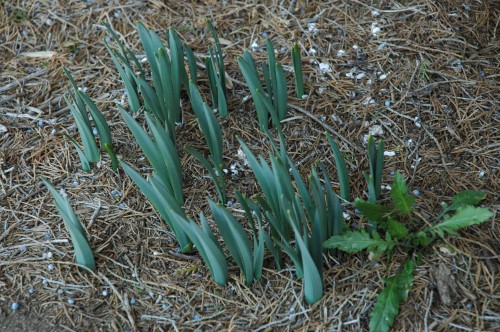
Daffodils are a sure sign of spring!
Every year that we have been blogging, I get to a time in early February when I begin searching for signs of spring. Most of this searching goes on close to the ground because the blustery winter wind does not feel like spring. But even with the frigid temperatures, I know some plants have begun to get ready for a break in the weather.
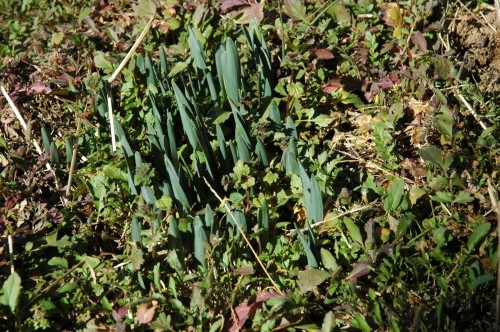
Spring has sprung on the farm!
The most reliable harbingers are the bulbs. Crocus and snowdrops are usually the first spring growth sighted, followed by the early varieties of daffodils. But this year was a little different, and it was a clump of honeysuckle that showed me the first plant growth of spring. After a more thorough investigation, I went looking around the farm and sure enough; bulbs had emerged from the ground! I am not refuting anything the groundhog said, because we do have weeks of cold weather ahead (in spite of the sixty degree weather we’re having this week in central Virginia). But the difference now is that we know spring has begun and it is only a matter of time before the ground thaws and that first warm breeze sweeps through your garden!
by Herb Exchange | Feb 11, 2011 | Gardening, Growing, Herbs, Indoor Gardening, Inspiration, Miscellaneous, Urban Gardening |
Since we recently posted on our Social Media and Marketing Director, Caroline’s Nasturtiums that went to seed, there has been an exciting development! Read her update below for the news…
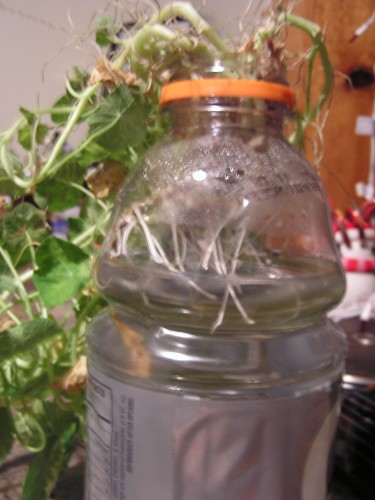
My severed Nasturtium actually started sprouting little, white roots!
Well, when repotting my ‘Alaska Mix’ and ‘Empress of India’ Nasturtiums recently, I accidentally broke off a beautiful, healthy stem that had a ton of marbled foliage trailing from it. Worried that I had just ruined one of the prettiest branches of the plant, I immediately started to look around for a solution. With the speed of an ER nurse, I placed the severed “appendage” in the first thing I could find and fill with water–an empty Gatorade bottle. After filling the bottle with cold water and jamming the wounded end of my favorite plant down into the neck of the bottle so that it was just under the water level, I left my crippled Nasturtium to recuperate in a sunny spot. I had honestly forgotten that it was even there, and figured that maybe it was only staying green because it was freshly cut, and, much like a bouquet of cut flowers, it would wilt and become compost in a week or so. Much to my surprise when I happened to take a look at it last night, the lonely, broken stem had started to put out lots of little, white volunteer roots, each stretching down into the water. Amazed that my accidental pruning had resulted in another Nasturtium plant, I just had to share! The moral of my story is that even trial and error in gardening can grow to be a great experience!
by Briscoe White | Feb 10, 2011 | Inspiration, Miscellaneous |
Recently I was reading our two county bi-monthly newspapers. I try to read often to keep up with local news. Most issues carry reports of various crimes and court actions happening in the surrounding area, which is entertaining lunch reading. Until recently I had not even been aware of letters to the editor, but a half page one caught my eye and I read a dialog of what someone else thought wrong and right should look like. I never talk politics and never feel a need to express my version of Utopia to others. It is not that I am without opinion; rather I keep things in perspective because most contemplation goes on while doing gardening chores. Proper immersion into gardening mellows current events by contrasting with the slow and steady progress of the seasonal progression.
My first reaction after reading the zealous letter, was humor at the conclusion. This heart felt recipe for making everything right (with advice for fixing the wrong) ended with this call to arms: “What Say You?”. It was this call to arms that really stuck with me. To further strengthen this call, my mind wandered to someone I know who has been watching The Lord of the Rings! I guess the warrior spirit has come to life?
The real reason for the title is our desire here at The Growers- Exchange.com to hear from our many customers. In our continuing effort to improve our shipping, we would love to hear how all of those herb plants are growing out there all over the country. We base a good chunk of our business decisions directly from customer response and communication. We honestly do hear you and care about what plants or products you want, what measures we can take to be more efficient for you, and everything else, right down to your best garden advice.
Sitting around brainstorming how best to prepare our customer service reps, we thought it would be helpful to hear what are our customers’ most frequent questions are. So, even though we do have a sense of humor most of the time, right now, The Growers Exchange asks all of you, our customers: What Say You?
by Briscoe White | Dec 29, 2010 | Gardening, Inspiration, Life on the Farm |
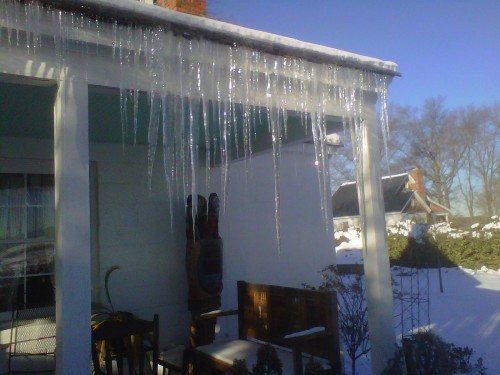
Well, though it’s too cold to ship most plants for us here at The Growers Exchange, we’re still hard at work sowing and growing for the spring season. Neither wind nor rain nor sleet nor snow have kept us away (someone has to be here to stoke the wood stove that heats the greenhouse!), but it sure makes it worth while to see such wintry natural beauty! When we braved the roads to get to the office after a recent heavy snowstorm, we were greeted with a row of glistening icicles hanging like a frozen curtain from our porch roof.
The recent frigid temperatures have made it hard on any plants left out to fend for themselves, so how can you protect them when the forecast is calling for snow? Cold frames, hoop tunnels and extra mulching are great ways to protect your plants during the cold months. We use cold frames and tunnels to keep the frost from killing herbs like Rue, which we grow in one of our fields for medicinal, culinary and cultural usage. Many supplies needed to build these season-extending protectors, like old lumber or discarded window frames with the panes still intact, can be found laying around your garage or barn. Otherwise the necessary resources can be bought fairly inexpensively at your local hardware store.
Other easy cold thwarting tricks are to plant large, shrubby evergreens or a tough perennial like Rosemary ‘Hardy Hill’, around your garden to protect smaller, more vulnerable plants from icy winds. Positioning your gardens along a south facing wall of your home will also ensure that it gets lots of warmth from the sun as well as heat escaping from your home. For more information on building cold frames or hoop tunnels, check out some of the educational videos listed on YouTube.com, like this one that we found from gardenfork.tv:
How to Build a Cold Frame
by Briscoe White | Nov 22, 2010 | Containers, Indoor Gardening, Inspiration, Miscellaneous |
As the holidays quickly approach, we’ve started thinking about some of our favorite aromatic herbs that will help bring your home to life this season. It’s time to toss out those artificially scented candles and store bought fragrances and go all natural instead!
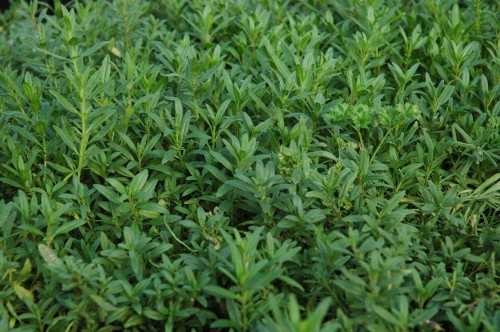
Hyssop
Hyssop has a long been popular for its warm anise fragrance. Used originally by the Ancient Greeks to cleanse their homes and temples of evil spirits and misfortune, Hyssop’s rich sweet smell continues to permeate homes across the world. A terrific medicinal herb as well, Hyssop has proven in modern medical trials that it may act as an herbal deterrent to symptoms of HIV. A member of the Mint family, Hyssop makes a wonderful addition to any wreath or centerpiece for an all natural perfume as inviting as the smell of holiday cooking!
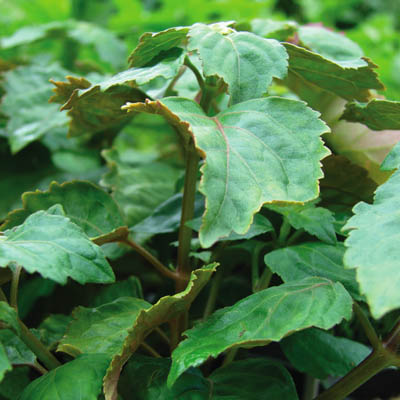
Patchouli
Another cousin from the Mint family, Patchouli has been a friendly favorite well before Woodstock! Patchouli’s leaves are chocked full of its warm, earthy aroma and its essential oils are used by many as an herbal perfume. When warmed, these oils emit a stronger fragrance. Try dabbing a little on a cooled sixty watt light bulb, and once turned on, the smell of Patchouli will begin to heat and waft throughout your home! Patchouli oil also makes a great skin conditioner to help keep your skin soft and supple against abrasive winter winds. Try introducing this sweet scent of the Sixties to your family this holiday season by mixing it in with wreaths or centerpieces!
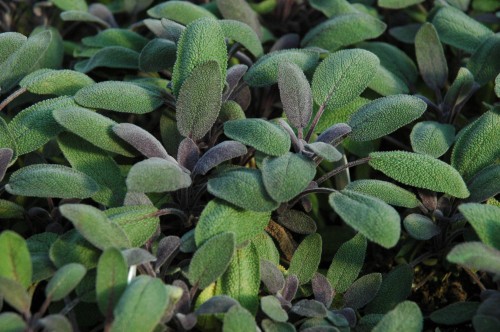
Sage
You may be familiar with tried and true Sage varieties that make great culinary companions like Garden Sage, but for gorgeous centerpieces and fragrant house plants, try planting Purple Sage! Slightly less aromatic than Garden Sage, Purple Sage makes up in beauty what it may lack in scent. With alternating green and purple leaves that grow more vibrant as cooler weather sets in, Purple Sage will make a terrific addition to any wreath or holiday decoration. The dusty purple contrasts nicely with Magnolia leaves, Evergreens and Hyssop and the faint scent of camphor will remind you of a home cooked meal.
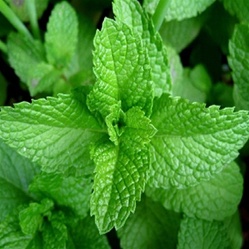
Mint
For a more traditional holiday smell, celebrate the season with Mint! Used in many holiday drinks, Mint is an extremely fragrant herb that conjures memories of candy canes and visions of sugar plums. Whether added to hot chocolate, utilized in a savory centerpiece or just grown in a decorative pot or container, Mint makes a great holiday scent. The menthol in Mint’s essential oils will bring a cool, fresh breath to your home during those stuffy winter months. Try a modern twist on an old favorite herb and give the spicy Cuban Mojito Mint or lemon-scented Citrus Kitchen Mint a try!
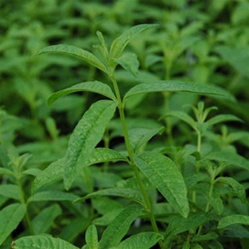
Lemon Verbena
Lemon Verbena blends pleasantly with the Mentholated smell of Mint to really make your home smell cool and clean! Terrific in teas Lemon Verbena has a strong lemon scent that will remind you of Summer, all Winter long. Whether used in holiday decorations, family meals or just grown on a sunny window sill, Lemon Verbena will be a delight all season long. For a blend of citrus perfumes, try creating a tea or arrangement with Lemon Verbena and Citrus Kitchen Mint. Let sunny Lemon Verbena chase away the Winter blues!
by Briscoe White | Sep 7, 2010 | Exploring, Inspiration, Miscellaneous |
Every wonder where that phrase comes from … read this!
A very attentive customer pointed out that we were quite adamant about NOT printing a catalog – we had really good reasons under our Facts and Questions Section on the website. Pretty impressive reasons.
But, wait, we do print a catalog .. huh?
So, you might ask: Why did you start printing a catalog?
Good question. And, we understand the question. There are costs to that glossy piece of print – expense to us and the environment. We held out for a long time but we did a cost – benefit analysis and then factored in the many requests we have gotten over the 3 years on the internet, and we decided that it was time. Being long-time gardeners, we know the anticipation waiting for a catalog to arrive in the mail. It’s cold outside, cloudy and cold, and there is nothing better than settling in with the newest plant catalog with its glossy promises of spring.
The negative points of a catalog are obvious – number of direct mail solicitations, the fact that over 95% of those contain almost no recycled content and the amount of trees used. However, on the other side is that we ONLY send catalogs to our customers and anyone else that makes a direct request. We figure that if you go to the trouble to call, write or email, you must really want one.
Our catalog uses 100% Post Consumer paper to print our catalog; we are using paper containing wood fiber that has been recuperated entirely from paper used by consumers through recycling programs and has been de-inked. The paper is FSC certified (Forest Stewardship Council) meaning that the paper is 100% post-consumer content. The paper has been manufactured with no chlorine, and has been certified by the CFPA (Clorine Free Product Association) and has been processed using green energy – the gas used in the paper making process comes fro the decomposition of waste. Therefore, it is a BIOGAS product. Lastly, the paper is certified as a Permanent Paper meaning that it can resist aging fore more than 100 years and is certified by the American National Standards Institute (ANSI). So, please do your part – if you really don’t want the catalog, PASS IT ON to a friend or neighbor. And if you must toss it, please recycle.
Here is what we do know:
50 percent of consumers polled by the Environmental Research Associates said they no longer buy a particular brand because the product, packaging or manufacturer is detrimental to the environment.
Here is what we want:
To protect our resources and provide our customers with all the information they need to make the right choice we constantly update our website to make sure that you have all that you need to make the right purchase from the right company! And, we want to give you the option of also ordering from a catalog that was printed and distributed the RIGHT way. We are really proud of our catalog and hope that they bring enjoyment to our friends!
And, contrary to popular belief, a little boiled crow ain’t bad …









